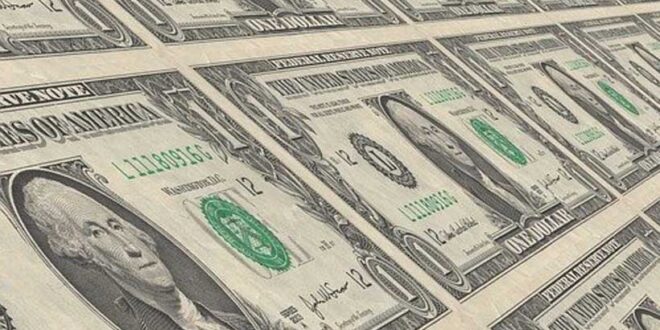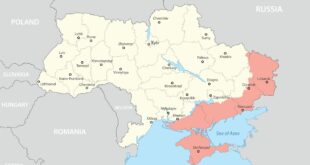The hum of inflationary panic; the buzz of an impending recession has somewhat died down – at least in my quarters! Or maybe it is just my instinct, given how relatively pressing matters have recently replaced the fervor misting around the rate hikes by the Federal Reserve. But as the economy evidently slows down, these supplanting matters should be taken as an omen rather than a distraction from the object of the economic policymakers.
In late March, the Fed raised rates by a quarter percentage points between 4.75% to 5%. It was a step down from back-to-back half-a-percentage point hikes and was decidedly a hedge against the troubles emanating from the banking sector yet without the show of leniency in the fight against inflation.
The signs of a slowing economy are already emerging. According to the data released by the Bureau of Labour Statistics (BLS), job openings dropped in February to 9.93 million. It was lower than the 10.4 million vacant positions expected by leading economists, as per Refinitiv. And it stands as the lowest number of jobs available since May 2021.
Mark Hamrick, a senior economic analyst at Bankrate, stated in an interview with CNN that “some of the steam is starting to come out of the job market, and we [will] likely see that [in] hiring slowing down and probably a slower increase in [the] unemployment rate in coming months.”
While the US unemployment rate edged slightly higher after dropping to historic levels, it is still holding tight at 3.6% – despite mass layoffs announced by major conglomerates across America. Nonetheless, certain mainstay areas of the economy have noticeably slowed down, including the housing and tech sector, due to a combination of factors ranging from higher interest rates to shifting consumer spending from goods to services.
It seems like all the pieces are falling into place, just like the Fed had hoped throughout the last 12 months. But why is there still apprehension? Perhaps because of the age-old adage that when the Fed tightens policy, something ought to break before it halts. And that something has manifested itself in the form of the banking system.
The aggressive rate hikes by the Federal Reserve played a crucial role in faltering the valuations of the asset holdings of the Silicon Valley Bank (SVB), eventually leading to its colossal collapse. Admittedly, it was primarily the mismanagement at the executive level that gradually metastasized the demise of both SVB and Signature Bank. Yet the regulatory slack of the Fed cannot be discarded.
I do not mean to proffer a dissenting narrative to the Fed’s tightening of short-term borrowing costs. It is the right path, albeit adopted a little later than befitting. However, the Fed failed to stress test banks last year to ascertain whether they could weather the headwinds planned.
The Fed recently published the macroeconomic scenarios for the 2023 stress tests of banks under the Dodd-Frank Act. The ‘severely adverse scenario’ tested in this round might not be relevant. Ironically, the scenario tested the banks in an ultra-low interest rate environment, counterintuitive to the reality of a sharp rise in policy rates over the last year – a pivotal factor that actually tripped the imperiled banks.
Moreover, it is also worth noting that the stress tests may not be as potent as one would hope, particularly for smaller banks like SVB. In fact, due to Republican lobbying, banks of SVB’s size have been entirely excluded from the stress tests since 2018. Even for the larger banks tested, there are questions about the efficacy of the stress tests. For instance, the Fed has used the same deviant rubric for every severely adverse scenario since 2015, which raises doubts about the ability of the tests to capture the risks facing banks in hawkish environments.
Ultimately, policymakers at the Federal Reserve have assured that the US banking system is resolute and resilient. And officials continue to religiously monitor any potential chinks in the financial stability of the broader banking system. Assuming the storm is past us, the focus should naturally shift back to the inflation woes – as it still runs more than twice the targeted 2%.
At the last policy meeting, the Fed officials penciled in at least another rate rise this year, pushing the Fed funds rate above 5% and driving the real policy rate into positive territory. Hopefully, it would be enough to flag a victory over inflation by the end of next year, with unemployment crawling modestly higher. But if the panic in the banking sector is any indication, it might not be as straightforward a ride as initially envisioned. Now, it is not just a balance between inflation and a recession; a trade-off between inflation and broader economic stability.
 Geostrategic Media Political Commentary, Analysis, Security, Defense
Geostrategic Media Political Commentary, Analysis, Security, Defense





